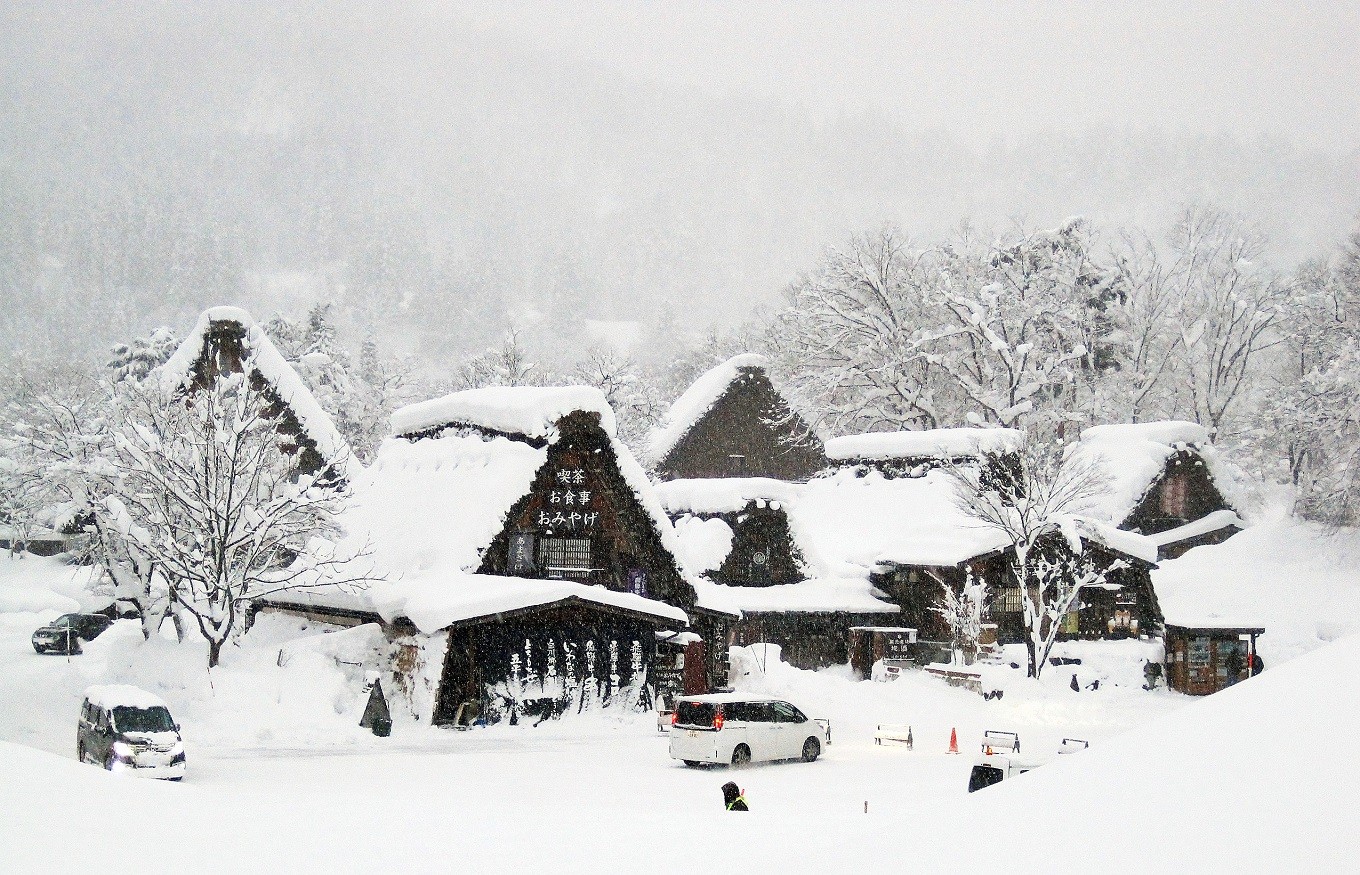Popular Reads
Top Results
Can't find what you're looking for?
View all search resultsPopular Reads
Top Results
Can't find what you're looking for?
View all search resultsShirakawa-go, a fairytale land
Shirakawa-go and its neighboring Gokayama region, nestled in the Japan Alps stretching from Gifu to Toyama prefectures, were declared a UNESCO world heritage site in 1995.
Change text size
Gift Premium Articles
to Anyone
I
first saw captivating photos of Ogimachi village’s gassho-zukuri houses in Shirakawa-go, covered in deep snow nearly 10 years ago, and had been wanting to visit ever since. The chance finally came my way and it was like stepping into a fairytale world.
Shirakawa-go and its neighboring Gokayama region, nestled in the Japan Alps stretching from Gifu to Toyama prefectures, were declared a UNESCO world heritage site in 1995.
These villages are famous for their traditional gassho-zukuri houses, whose triangular thatched roofs resemble the hands of Buddhist monks clasped together in prayer. These houses, most of them built about 200 to 300 years ago, are the only ones of their kind in Japan. No nails were used to construct the roofs, which have large attic spaces allocated to cultivating silkworms. The houses, whose architectural style was developed over many generations, were designed to survive the region’s heavy snowfall during winter. Our guide Akiko “Ako” Konishi said most families in these villages, cut off from the rest of the world for a long time in the past, survived on the cultivation of mulberry trees and silkworms. Heavy snow greeted our group of journalists and bloggers, who were invited by Cathay Pacific and the Japan National Tourism Organization, at Ogimachi village.
(Read also: Asia's first vertical forest to be built in China)
The snow was almost swallowing my boots and walking was a challenge but the place was crowded with tourists from all walks of life.
Armed with an English walking map handed out by Ako, we followed the path that took us to heart of the village, which hosts some 60 houses. It felt like stepping back to the time of the Edo period.
In the village, we could go inside the Wada House, the most prominent of these houses, which was also designated an important cultural property of Japan in the same year as the UNESCO declaration.
The Wada House, which opens from 9 a.m. to 5 p.m., is also the village’s largest house, showcasing its impressive structures and architectural style of the early Edo period, which was built based on old wisdom unique to the village’s environment.
The main building is a large, singled-roofed three-story structure with a huge hall with a sunken hearth, a living room, a room with the family’s Buddhist altar, a guest room and sleeping rooms.
Inside, domestic utensils on display showed they were used with great care while the house’s shiny black ceiling showed that hundreds of years had passed in the place where people lived and earned their livelihoods.
Ako said the houses were private properties with families living in them while many had transformed into inns and guest houses for tourists wanting to get a real experience of staying there — from enjoying food while seated around a fire pit to taking a stroll around the quiet village.
“The village is amazing in summer and spring time but during winter, it’s truly an extraordinary sight,” said Ako.
In the back of my mind, I could picture these houses in spring, surrounded by cherry blossoms, with pine tree-covered mountains in the background, a fairytale land during all seasons.







